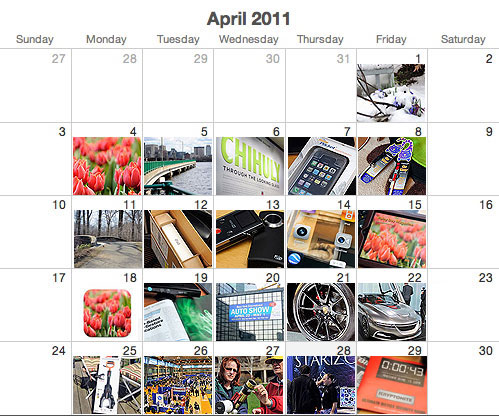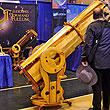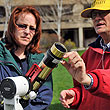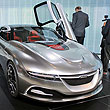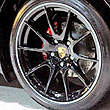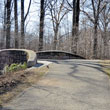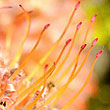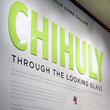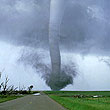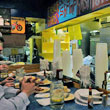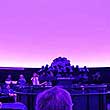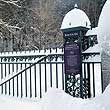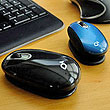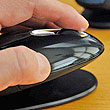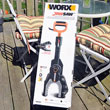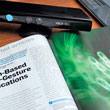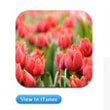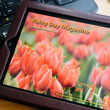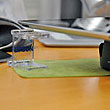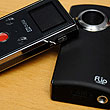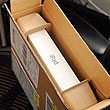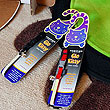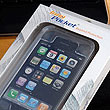We came across a DIY article on the Crabfu Artworks website last September on how to turn the iPhone into a portable digital microscope. We thought the idea was ingenious. Apparently, so did the company that makes the lens. They thought the hack was so cool that they started shipping the lens with a slip-on iPhone4 cover. We got one and have been playing with it for a bit. Of all the iPhone accessories which come across our desks daily, this one from Brando is quickly becoming a favorite.
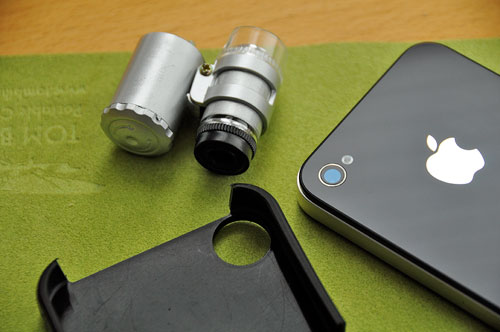
For an inexpensive little gadget, this tiny lens is more complicated than we expected. The housing of the lens and sleeve are made of plastic. The lens can extend in the sleeve to adjust and accommodate different minimum focus distances of various cell phone cameras. A clear brace is positioned at the end of the lens so the light from the LED can shine on through onto the specimen under examination. The LED is powered by three LR1130 watch batteries and has two illumination settings. The angle of the LED light is adjustible. According to the manufacturer, the lens has a magnification of 60X. We are not certain if the claim is correct, but it doesn't really matter. As the entire rig is less than $18, we consider ourself ahead if we can get a focused image!

For the FirstUse test, we always use a bill. This is because looking at the fine engravings on a bill can give us a pretty good idea of the quality of the magnification. The built-in Camera App has all of the basic features we needed for the test. The depth of field of this lens is pretty shallow so getting a proper focus before taking the photo was important. The camera app on the iPhone4 has controls which can zoom in to fill the screen with a section of the image, or zoom out to show the entire field of view.


The images (full rez) were obviously not as good as what we could get using a D90/bellows setup, but the quality of the images was surprisingly good.
If you are old-school like us, you may have a few 35mm slide loupes hanging around gathering dust. They typically offer only around 10x magnification, but what they do give is a much wider field of view. With our Agfa loupe, we can fill the entire screen with the subject without having to zoom in. The one difficulty with the loupe is keeping the lens of the iPhone level with the loupe. Even with a quick and dirty set up, we were still able to get a pretty decent image.

While the loupe works well, the obvious advantage of having the lens attached to the iPhone is the ability to take the microscope TO the object. This is especially handy when working with live specimens. No longer is microscope work limited to the bench. With the iPhone4/digital scope combo, we can not only get great photos out in the field but send the images off for analysis seconds after taking them.
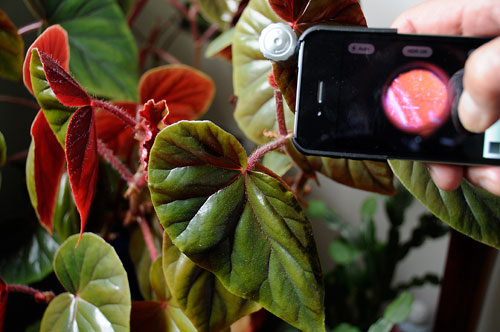
We think the full potential of smartphones as a platform scientific instrument is just starting to be explored. As computing power and communication bandwidth increase over time, the ability to do some serious scientific field work with these devices will continue to increase. While we don't know when that day will be, what we do know is it is going to be fun. Come to think of it, it already is! [Permalink] -iPhone Microscope
|

